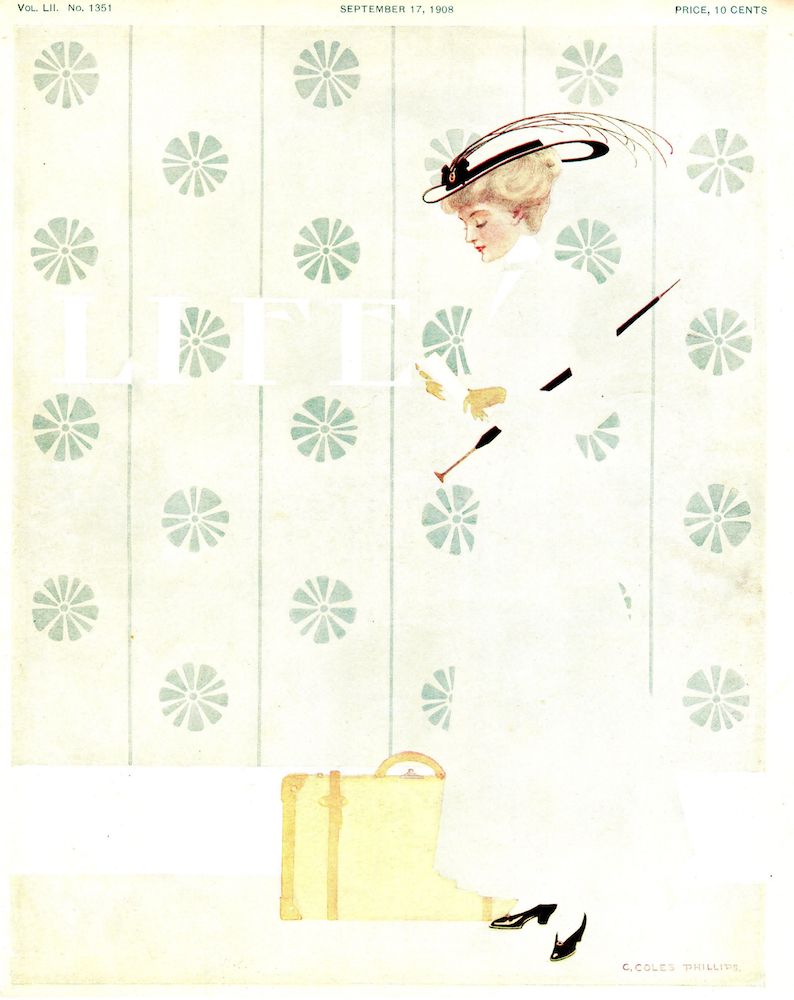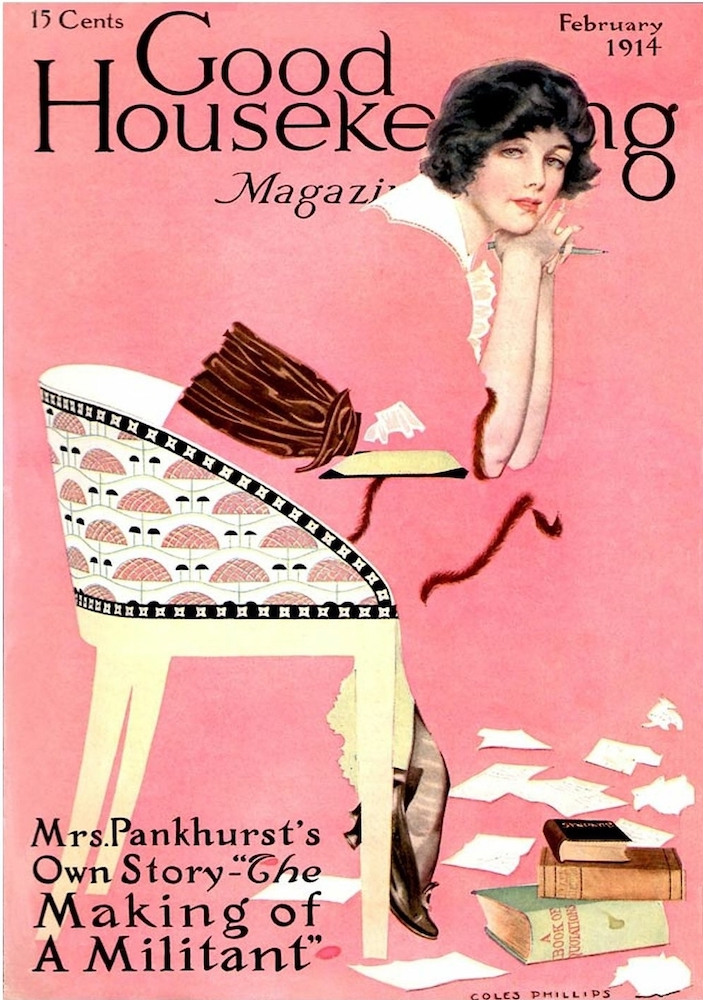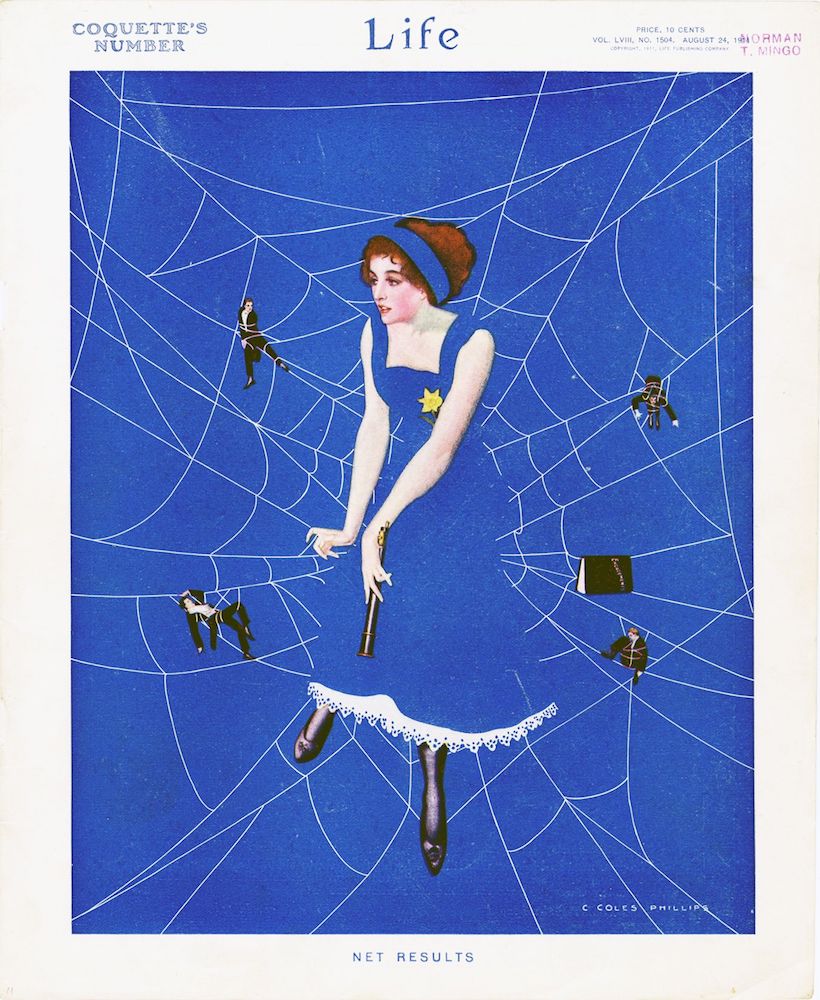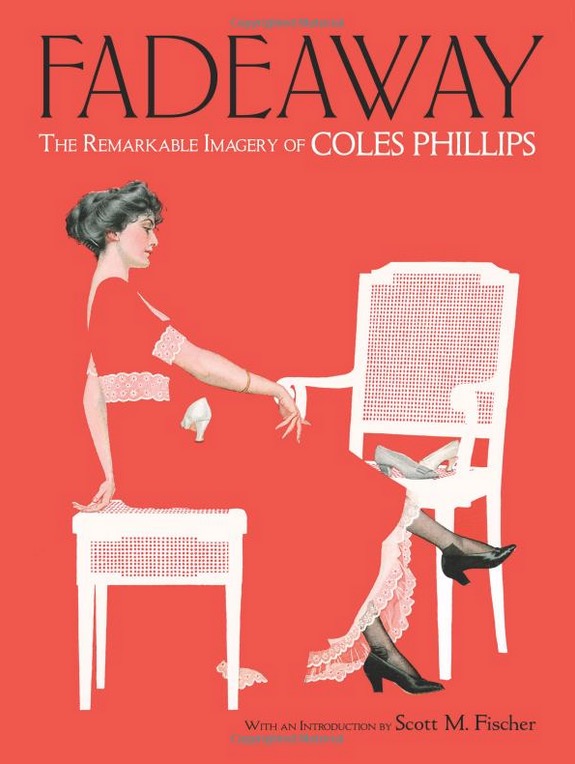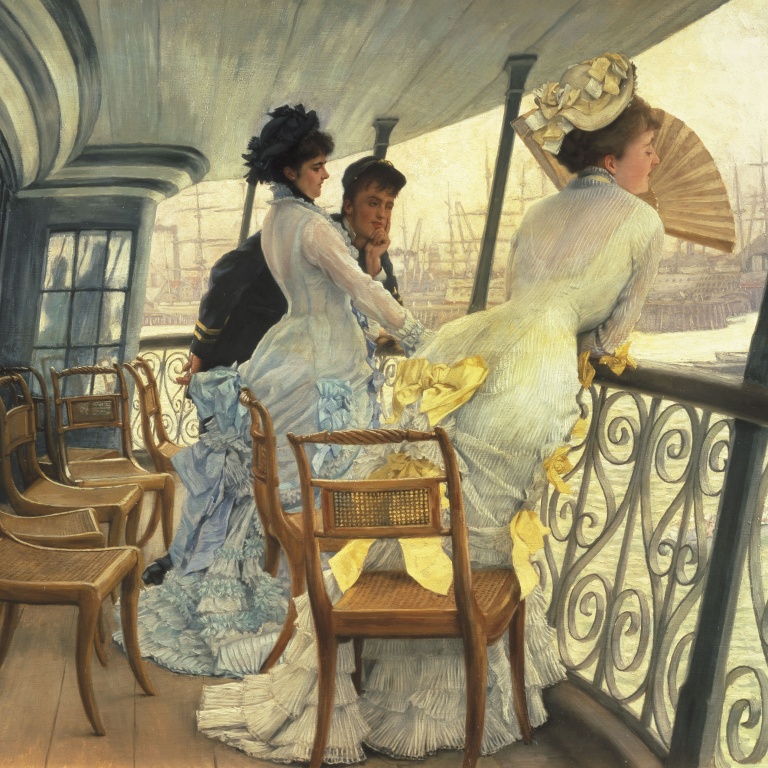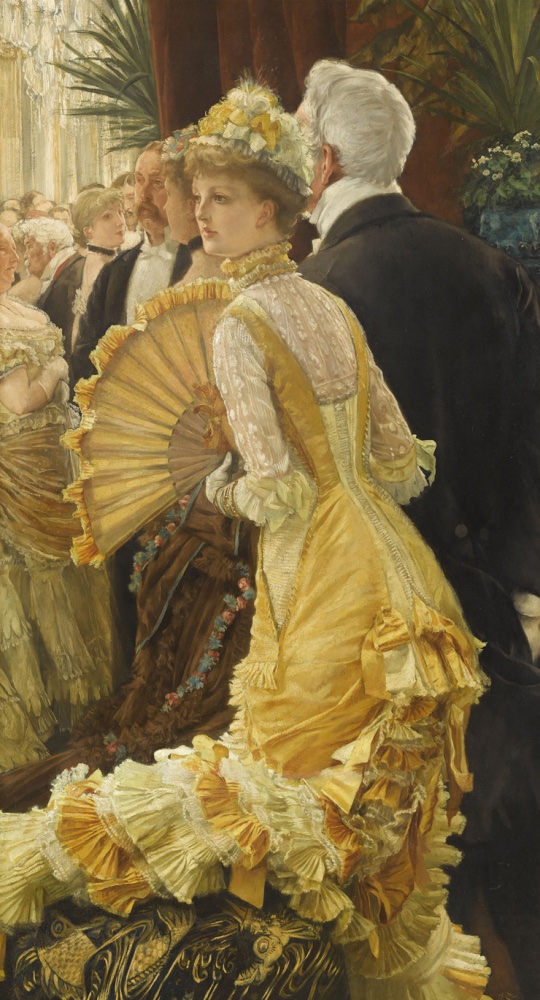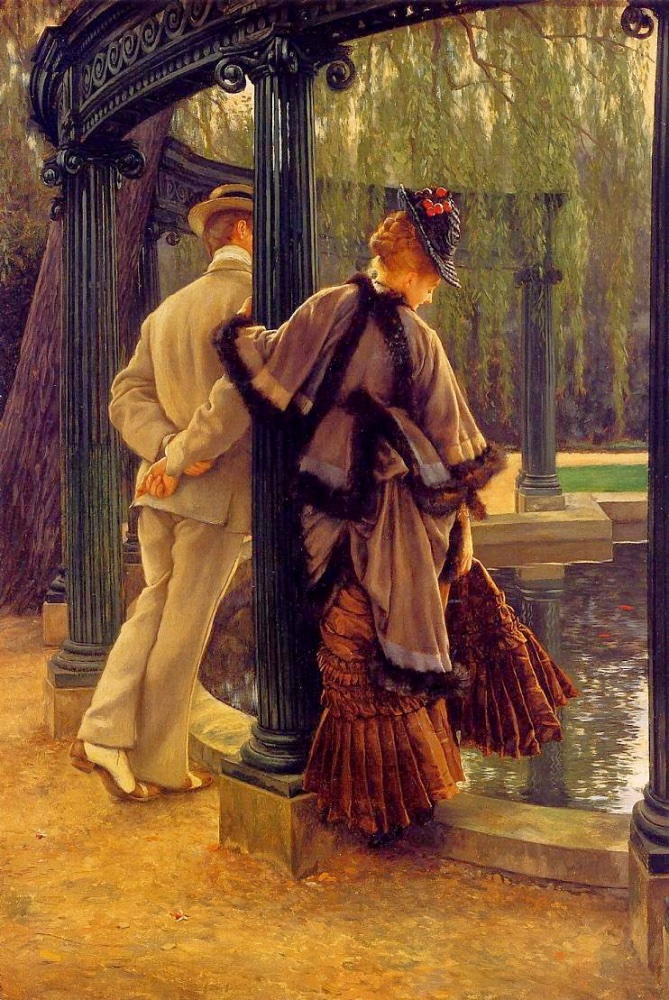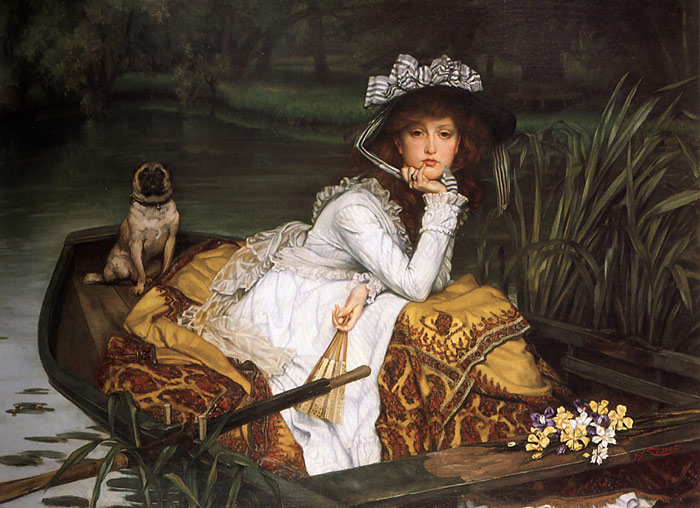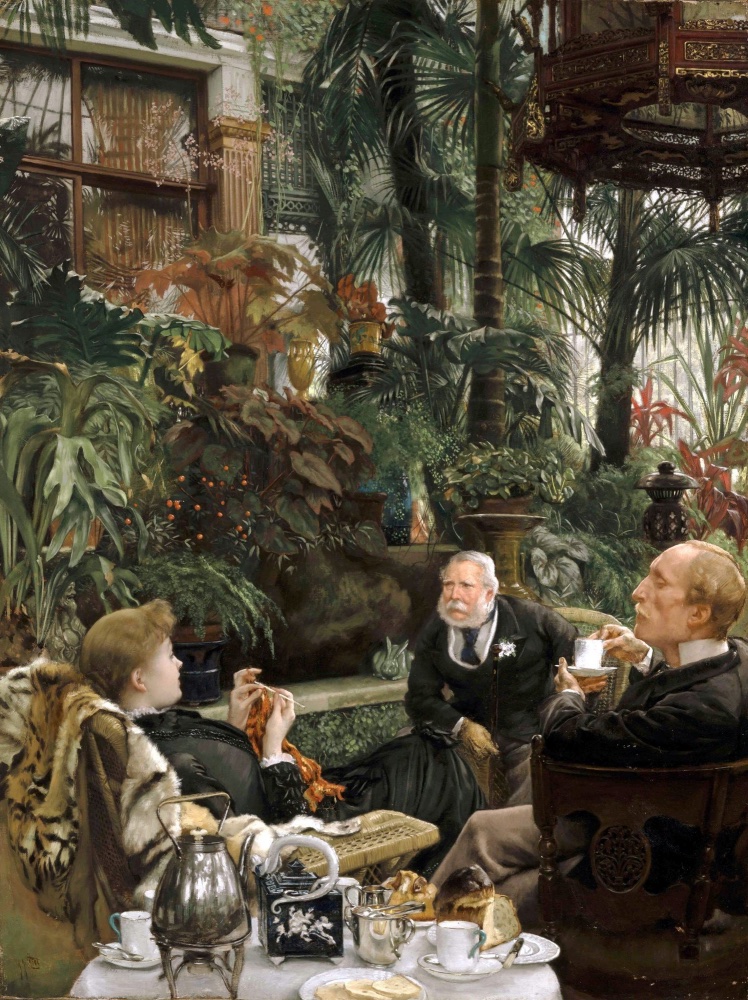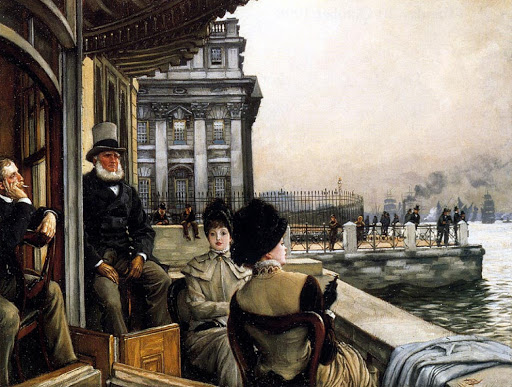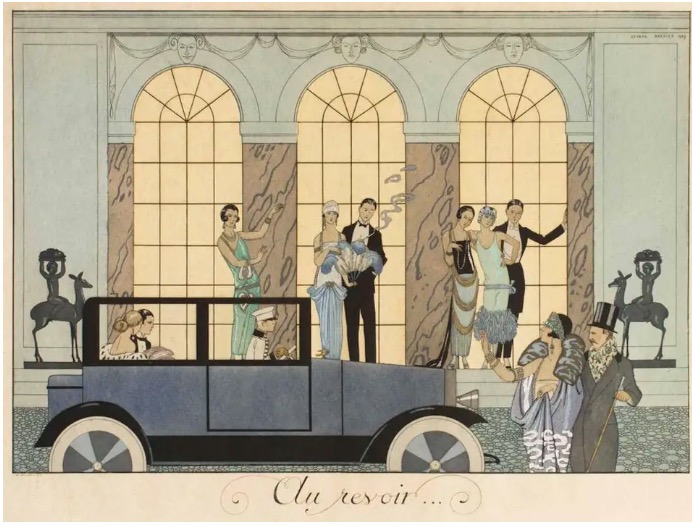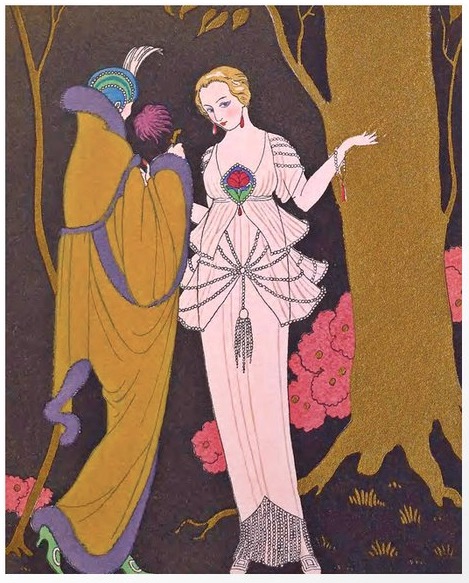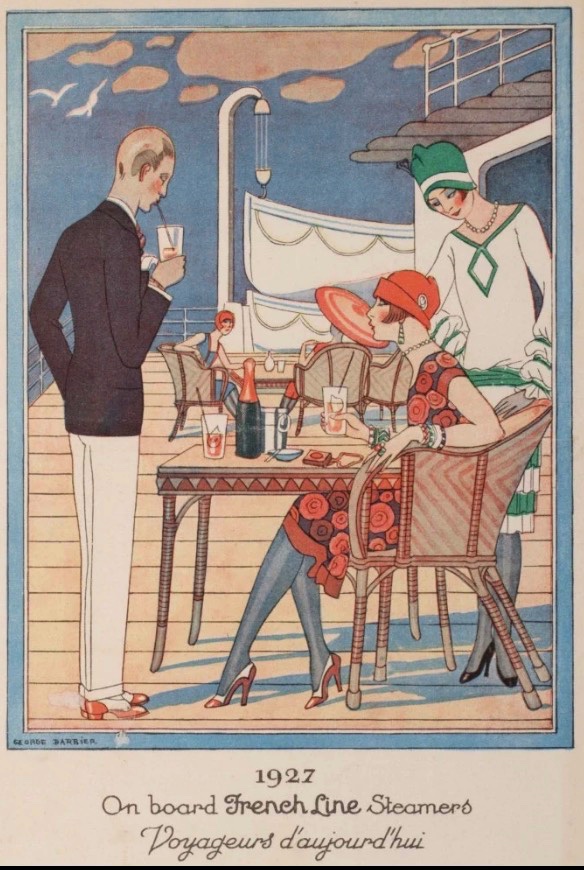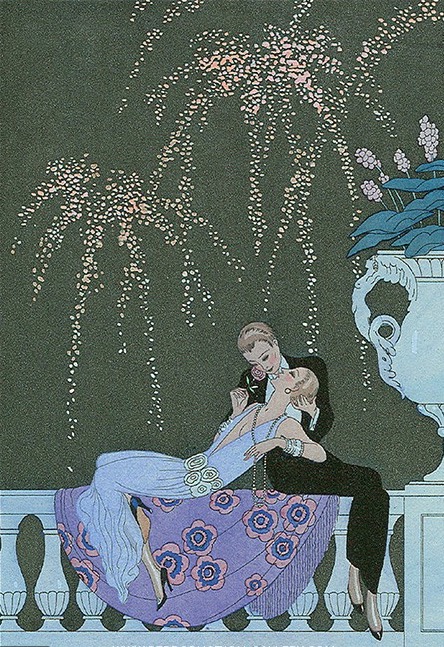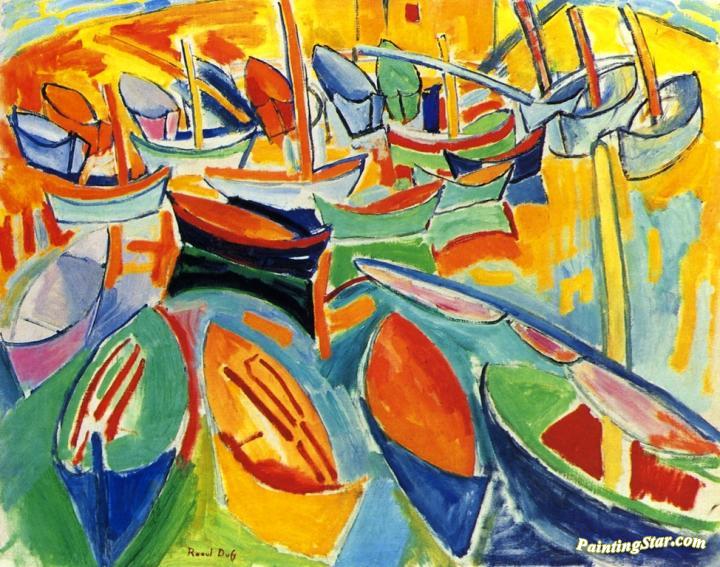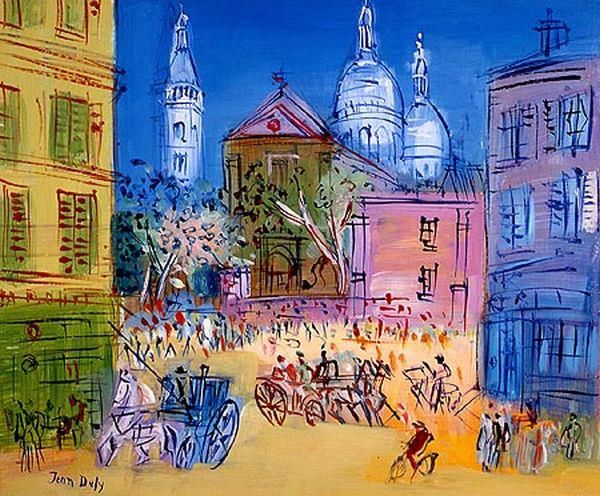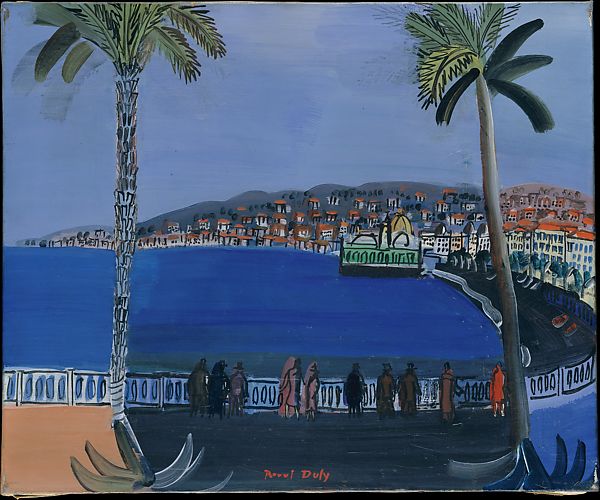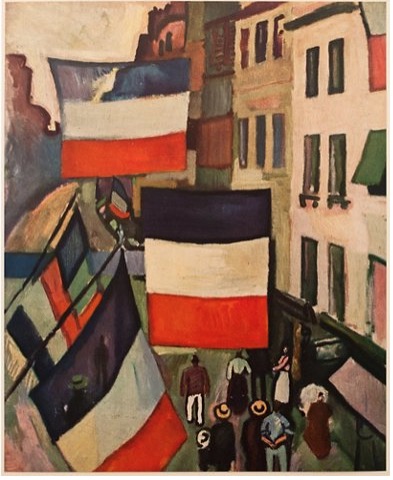An outstanding illustrator.
For an index of articles on art illustrators, click here.
The men who are coming home breathe the spirit of a new order.
They represent a new type of young America, new mentally and physically.
The House of Kuppenheimer, alert and responsive to every tendency,
has caught this new spirit in a remarkable way.
The styles are for the new American figure, upright posture, slender waist and
full chest. Fabrics, patterns and tailoring are such as to again justify
the reputation of the best tailored young men’s clothes in America.
House of Kuppenheimer ad text, March 8, 1919.
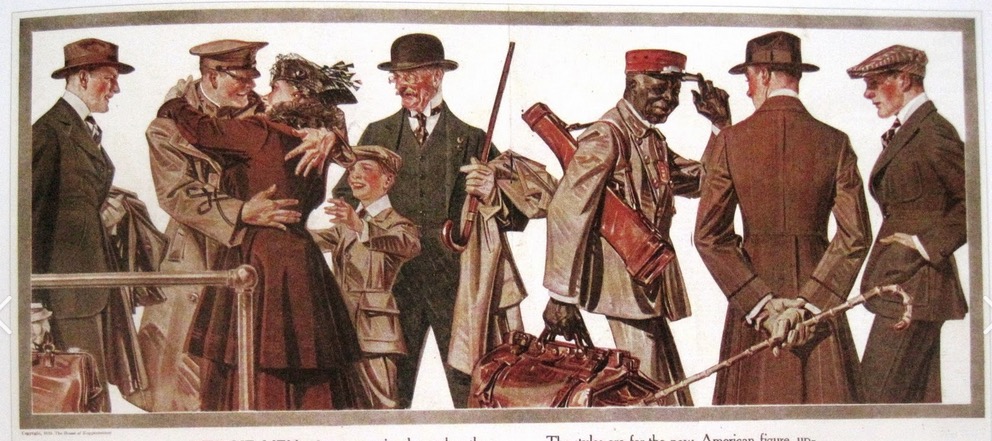
Leyendecker’s art accompanying the above.
The Chicago men’s clothing store of B. Kuppenheimer, the creation of Bernard Kuppenheimer in 1876, folded in 1997 when starched collars and creased trousers gave way to torn tee shirts and tattoos. During much of its early years Kuppenheimers resorted to the art work of J C Leyendecker of New York to help sell its clothing and the art Leyendecker provided was never less than exceptional.
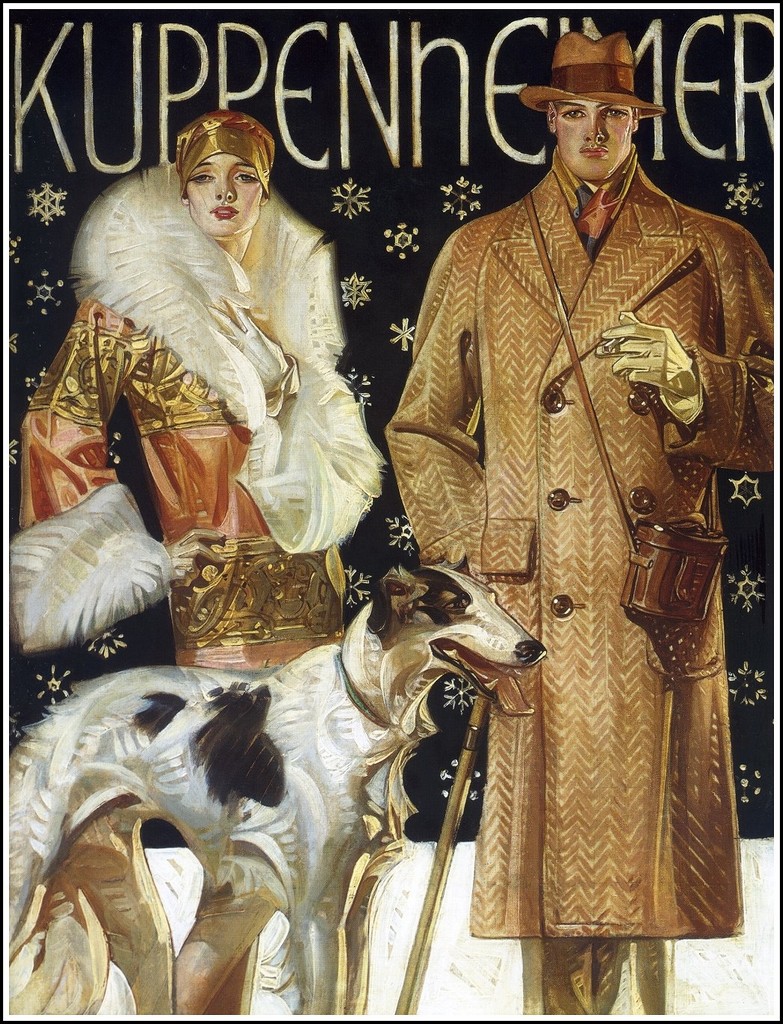
Another Kuppenheimer example.
The supremely elegant models, Borzoi included, are rendered in strong brushstrokes reminiscent of Van Gogh or the Fauves, the gazes direct, the composition tight.
While marketing increasingly turned to photography for its images after WWII – cheaper, more choice for editors – the era of style and class created by illustrators prior to that time has rarely been equaled in photographs. And certainly the period work of Leyendecker has not been matched.
Little is known or remembered of the artist today, who lived from 1874 to 1951. There is one splendid monograph on his work at Amazon:
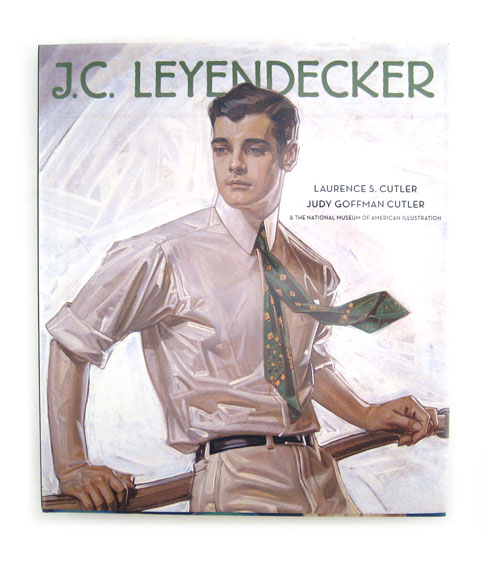
Click for Amazon.
There is some unadulterated BS about how Leyendecker’s homosexuality infused his imagery. Utter nonsense. Look for yourself.
Leyendecker illustrated hundreds of Saturday Evening Post covers (322, to be exact, one more than Rockwell) and his successor, Norman Rockwell, copied many of the themes, though the target demographic was poorer and lower. Populism replaced sophistication. All of Leyendecker’s 322 SEP covers are reproduced in the book.
Other prominent Leyendecker clients include Arrow collars and shirts (pretty much defunct by acquisition in 2004) and Interwoven Socks, now owned by an Italian conglomerate.
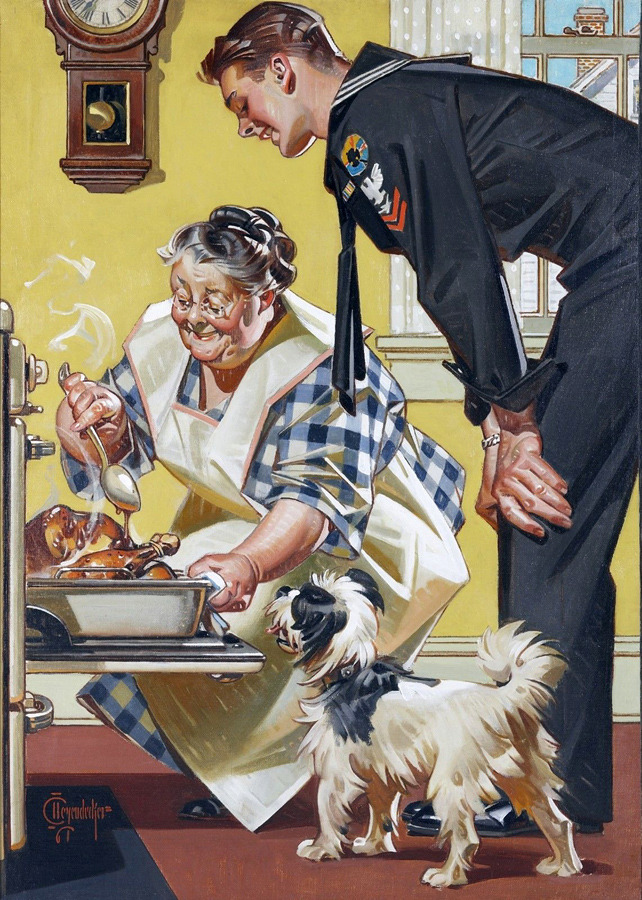
One of Leyendecker’s many takes on Thanksgiving,
American Weekly, November 18, 1945.
Feast your eyes on Leyendecker’s work for these manufacturers:

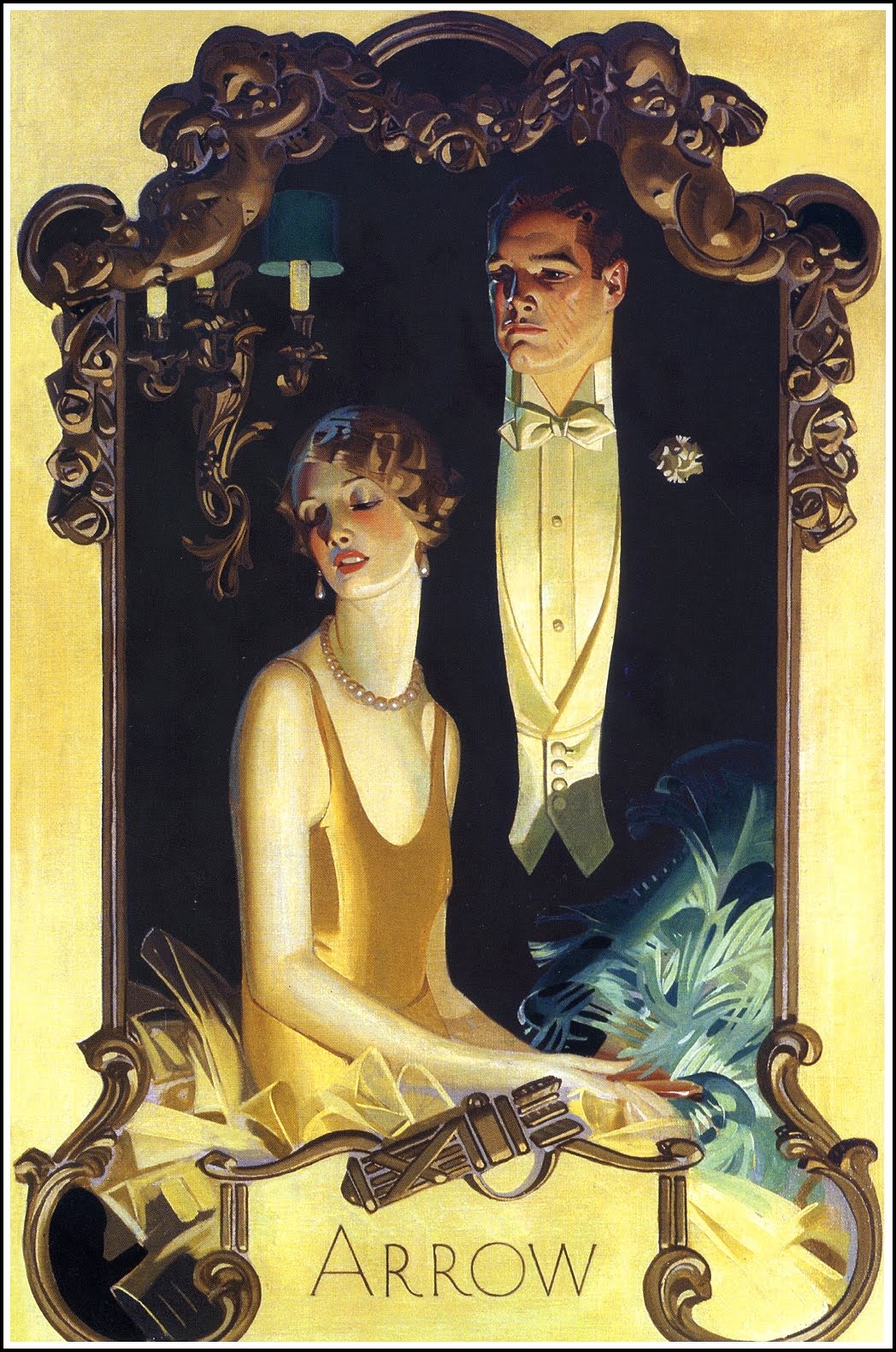
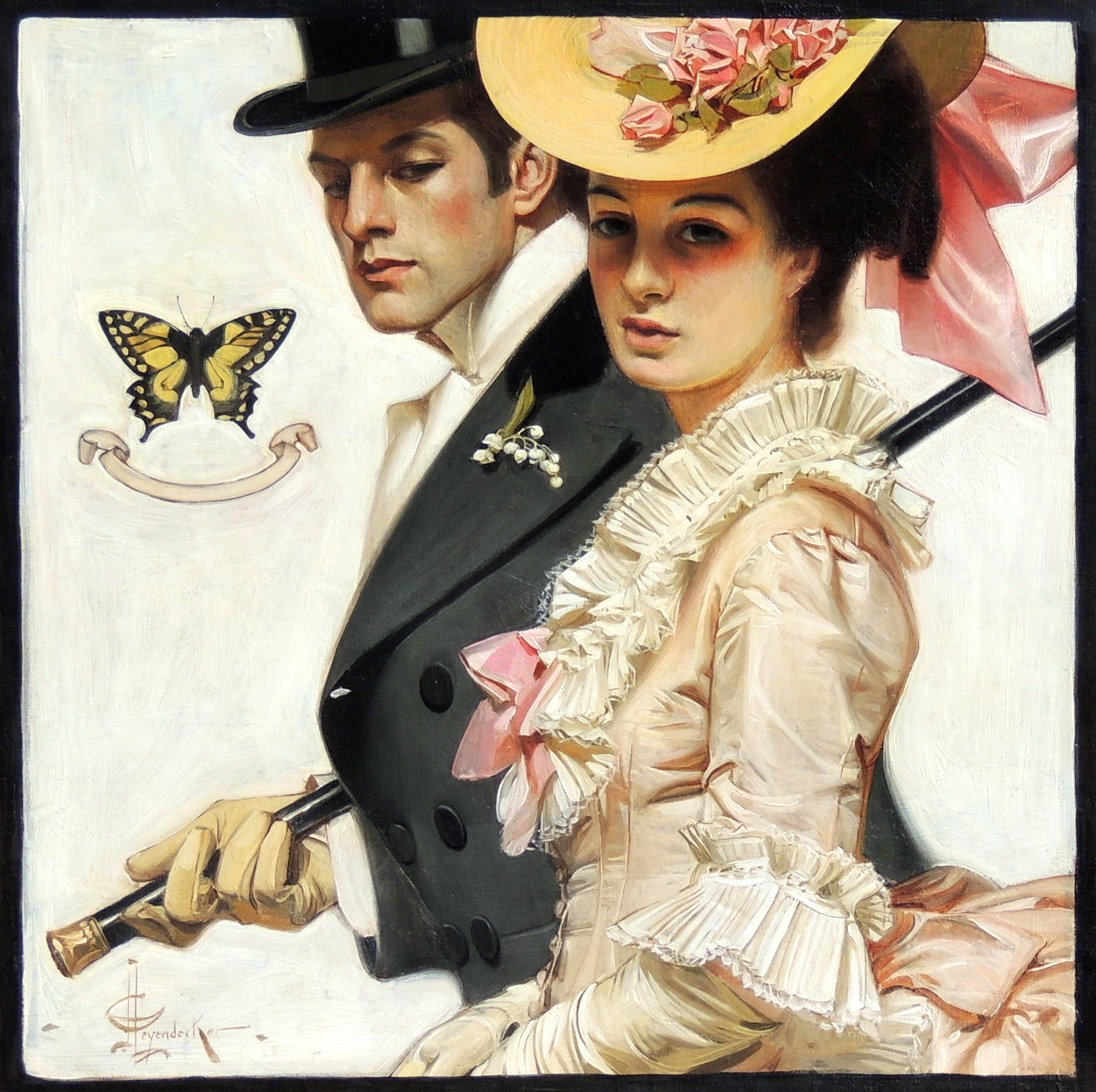
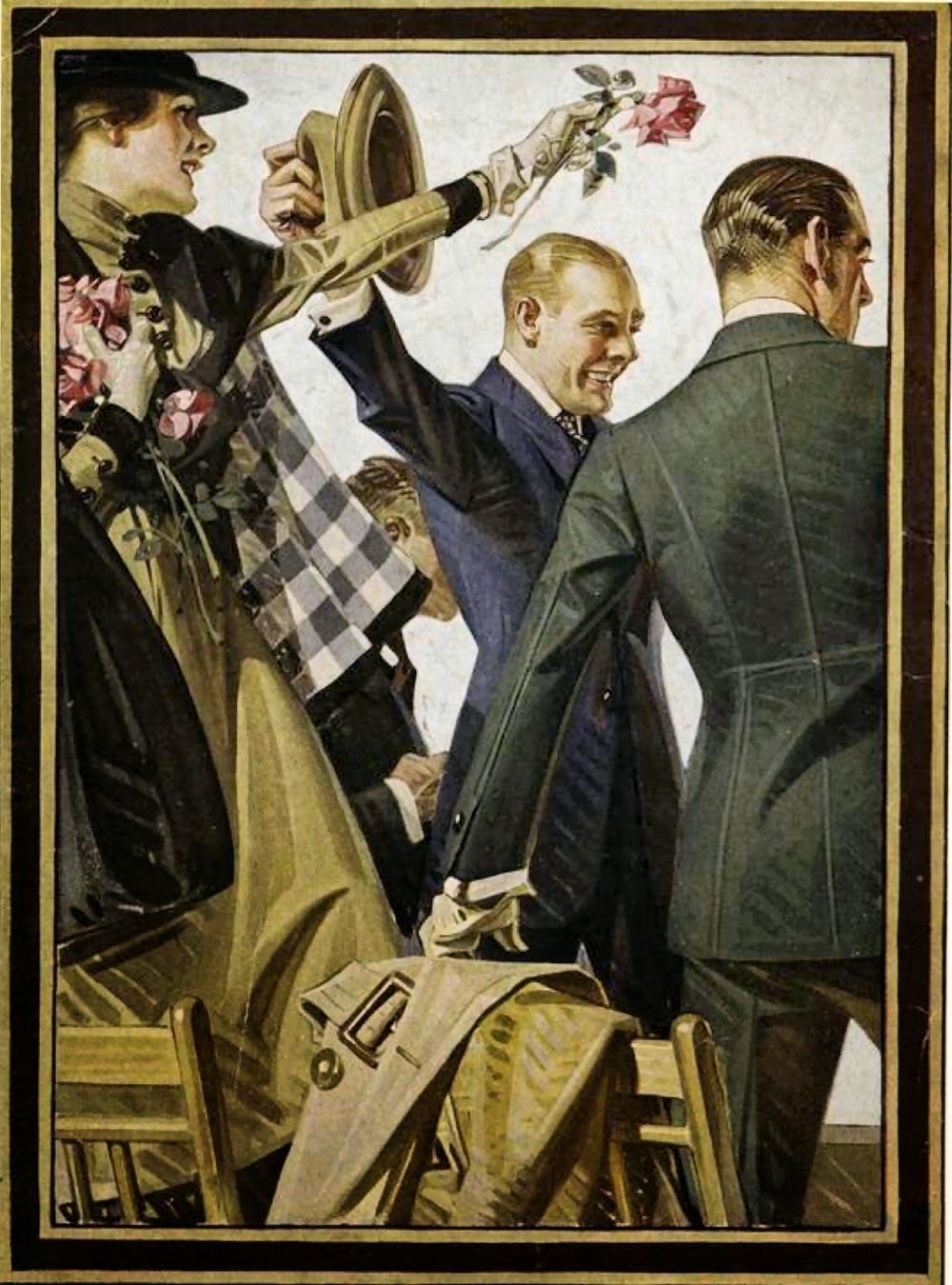
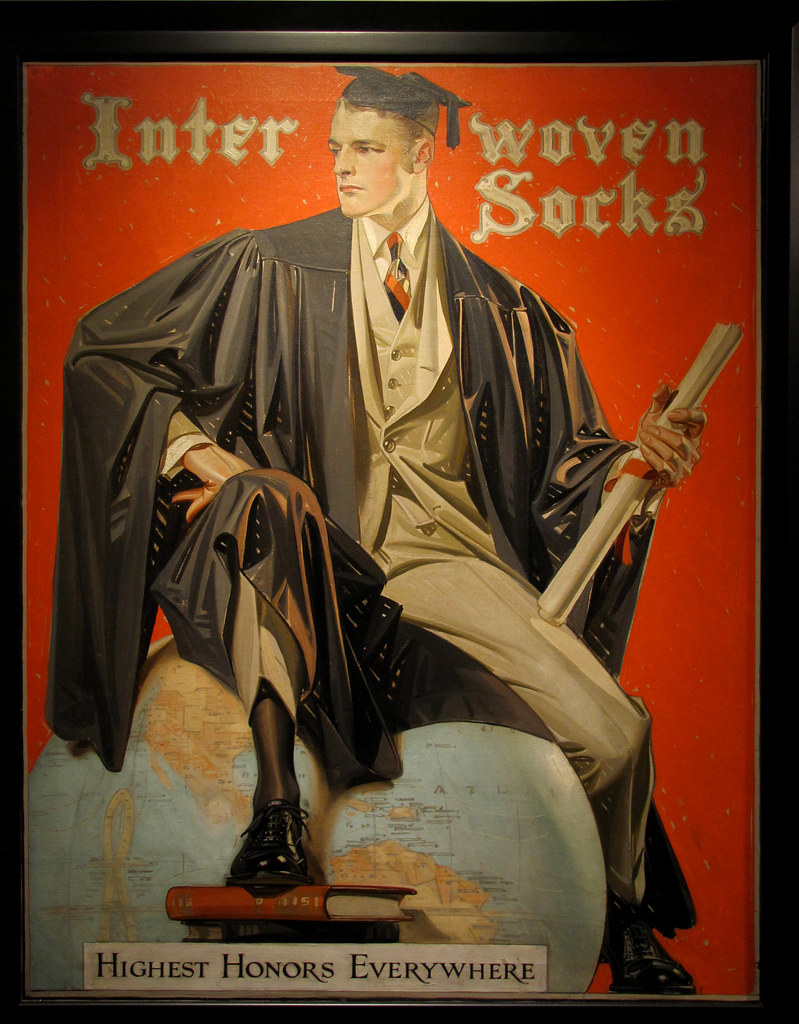
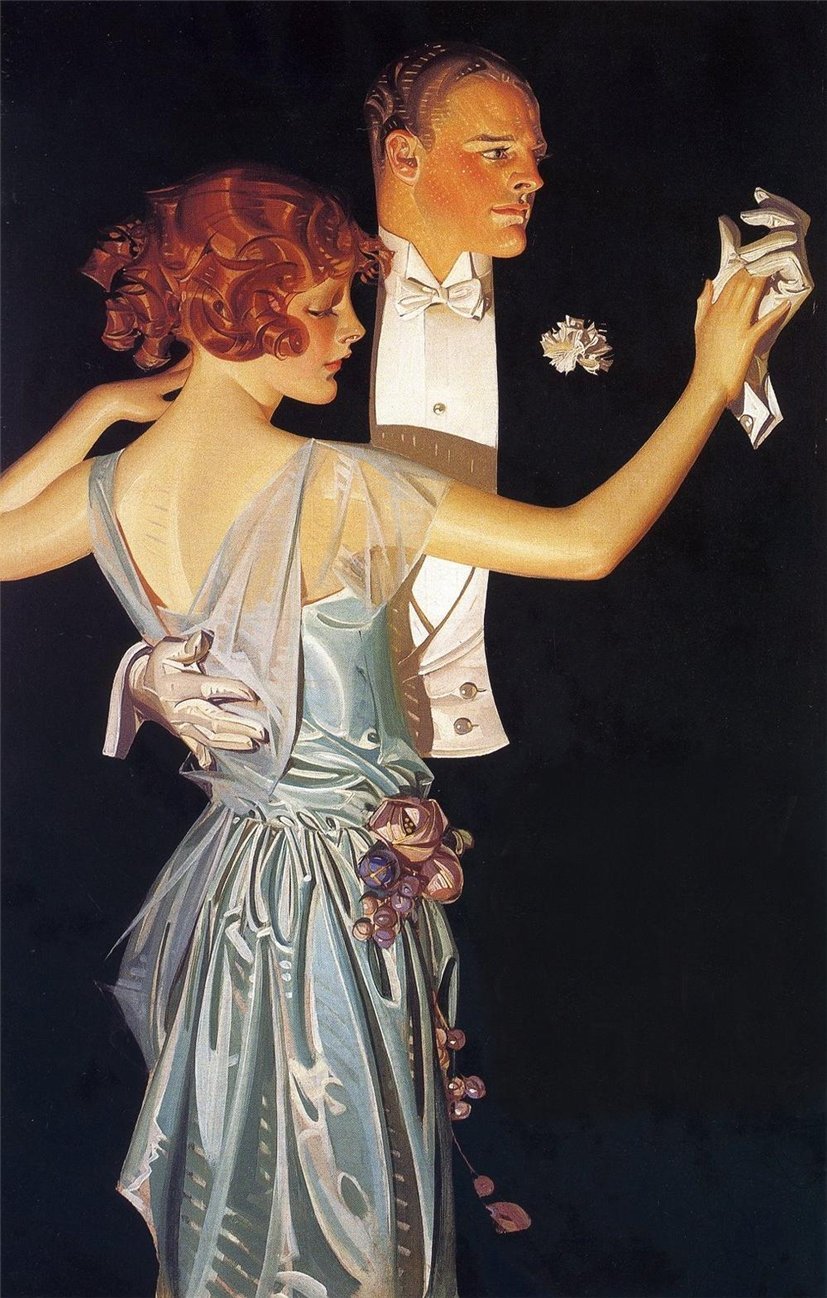
These are mostly from the Roaring Twenties.
These images harken back to a world when young men attended the Ivy League, their future spouses went to Bryn Mawr, legacy admissions were the done thing and equality had yet to rear its ugly head.
Enjoy.
